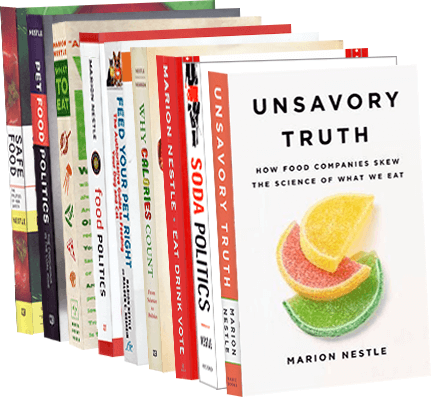Good News About School Meals?
The School Nutrition Association says that school wellness policies are doing great things. It reports that nearly all of the schools it surveyed recently are now offering fat-free or low-fat milk, fresh fruits and vegetables, salad bars or pre-packaged salads, and yogurt or yogurt drinks–a big change from just a few years ago. Also, one-third of the surveyed schools are offering locally grown foods. Are the surveyed schools representative of what’s really going on? Are kids eating the healthier options? Do tell.
In the meantime, the Fort Worth Star Telegram (August 12) describes the changes taking place in Texas lunchrooms under the auspices of the amazing Department of Agriculture in that state. In Texas, of all places, agriculture authorities are doing everything they can to provide healthier meals for school kids. If it can be done in Texas….

